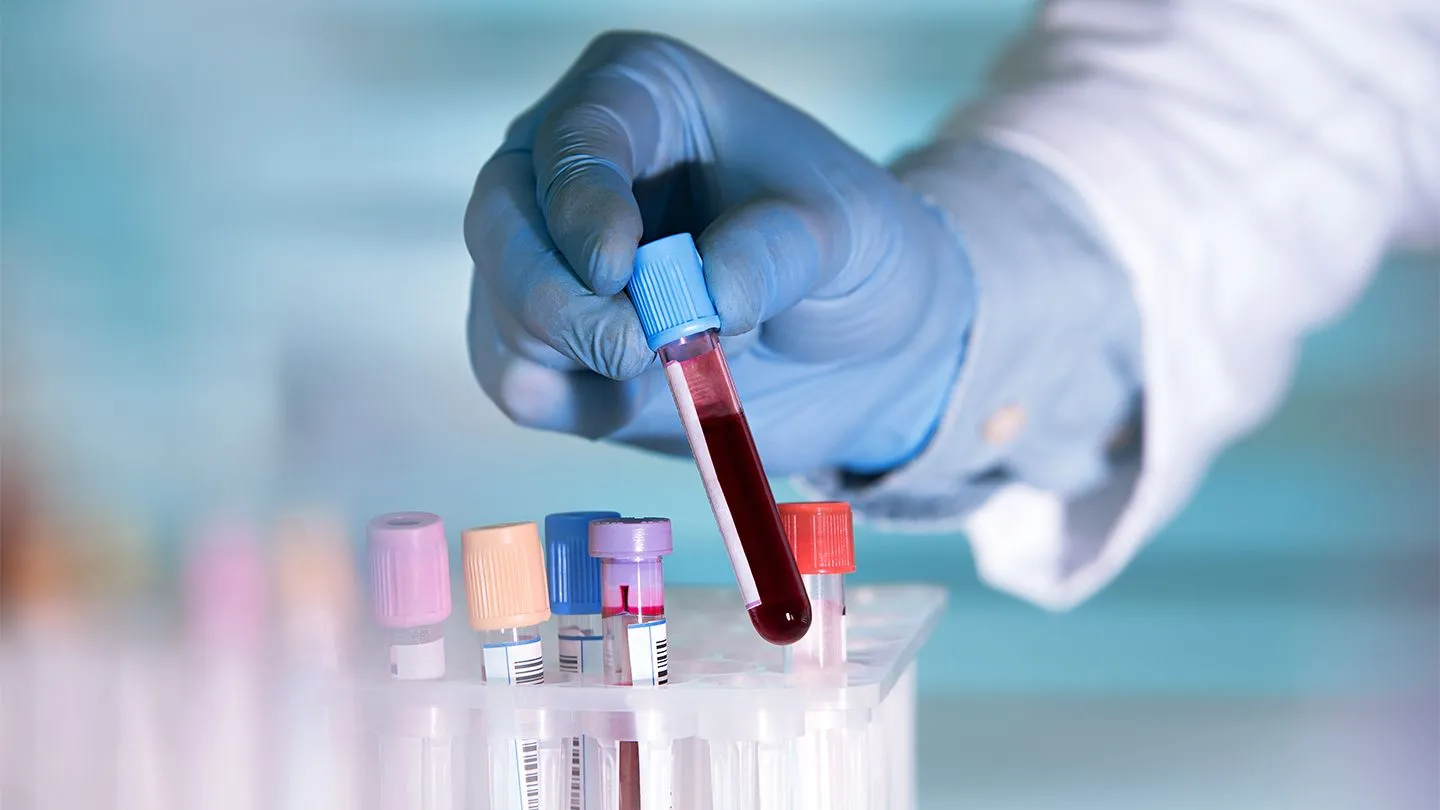Aaron Jackson
Don't Fear the Needle: How a Biopsy Helps Determine the Best Treatment for Your Tumor
Biopsy, Tumors, and Treatment Options: A Guide to Understanding Your Health
Cancer is a frightening word, but knowledge is power. This article delves into the world of biopsies, tumors, and treatment options, equipping you with information to navigate your health journey effectively.
Understanding Biopsies: A Window into Diagnosis
A biopsy is a medical procedure that removes a small sample of tissue for examination under a microscope by a pathologist, a doctor specializing in diagnosing diseases through tissue analysis. Biopsies play a crucial role in diagnosing various conditions, including tumors.
There are several types of biopsies, each suited to different situations:
- Fine-needle aspiration (FNA): A thin needle extracts a small amount of cells for analysis. This is often used for easily accessible lumps.
- Core needle biopsy: A thicker needle removes a larger tissue sample, providing more detailed information.
- Surgical biopsy: This involves removing all or part of a suspicious tissue sample during a surgical procedure.
- Incisional biopsy: A surgeon removes a portion of the suspicious tissue for examination.
- Excisional biopsy: The entire suspicious tissue is removed during this procedure.
Biopsy results can reveal:
- Benign tumors: Noncancerous growths that usually don't spread.
- Malignant tumors: Cancerous growths that have the potential to spread.
- Precancerous cells: Abnormal cells that may develop into cancer if left untreated.

Demystifying Tumors: What You Need to Know
A tumor is an abnormal mass of tissue that results from uncontrolled cell growth. Tumors can be benign or malignant.
Benign Tumors:
These are noncancerous growths that typically don't spread to other parts of the body. While usually harmless, some benign tumors can grow large enough to cause problems or affect nearby structures. Depending on the location and size, some benign tumors may require removal for symptom relief or cosmetic reasons.
Malignant Tumors (Cancer):
These are cancerous growths that have the potential to invade healthy tissues and spread throughout the body via the lymphatic system or bloodstream. Early detection and treatment are crucial for managing cancer effectively.

Tumor Types
There are many different types of tumors, each classified based on the cell type from which they originate. Common tumor types include:
- Carcinomas: These arise from epithelial cells, which cover the surface of organs and glands. Examples include breast cancer, lung cancer, and colon cancer.
- Sarcomas: These develop in connective tissues such as bones, muscles, and fat. Examples include osteosarcoma (bone cancer) and liposarcoma (fat cancer).
- Lymphomas: These originate in the lymphatic system, which plays a vital role in the immune system. Examples include Hodgkin's lymphoma and non-Hodgkin's lymphoma.
- Leukemias: These are cancers of the blood and bone marrow, affecting blood cell production.
Staging Cancer
Once a tumor is diagnosed as malignant, doctors determine its stage, which indicates the extent of cancer spread. Staging systems vary based on the type of cancer but typically consider factors like tumor size, involvement of nearby lymph nodes, and presence of distant metastases (spread to other organs). Understanding the stage helps determine the most appropriate treatment approach.
Exploring Treatment Options: Charting Your Course
The course of treatment for a tumor depends on various factors, including the type and stage of the tumor, your overall health, and personal preferences. These are some common treatment options:
Surgery
This involves removing the tumor, surrounding tissues, and possibly some lymph nodes. The extent of surgery varies depending on the tumor type and location.
Radiation Therapy
High-energy rays are used to kill cancer cells and shrink tumors. Radiation can be delivered externally, from a machine outside the body, or internally, using radioactive implants placed near the tumor.
Chemotherapy
Powerful drugs are used to kill cancer cells throughout the body. Chemotherapy can be administered intravenously (through a vein) or orally (in pill form).
Immunotherapy
This treatment harnesses the body's own immune system to fight cancer cells. Immunotherapy drugs or vaccines can help the immune system recognize and destroy cancer cells.
Targeted Therapy
These drugs target specific abnormalities in cancer cells, potentially offering more precise treatment with fewer side effects compared to traditional chemotherapy.
Clinical Trials
These are research studies that evaluate the effectiveness of new or existing treatments. Clinical trials can offer access to promising therapies not yet widely available.making informed decisions about treatment is crucial.

 Telehealth Visits Available
Telehealth Visits Available
